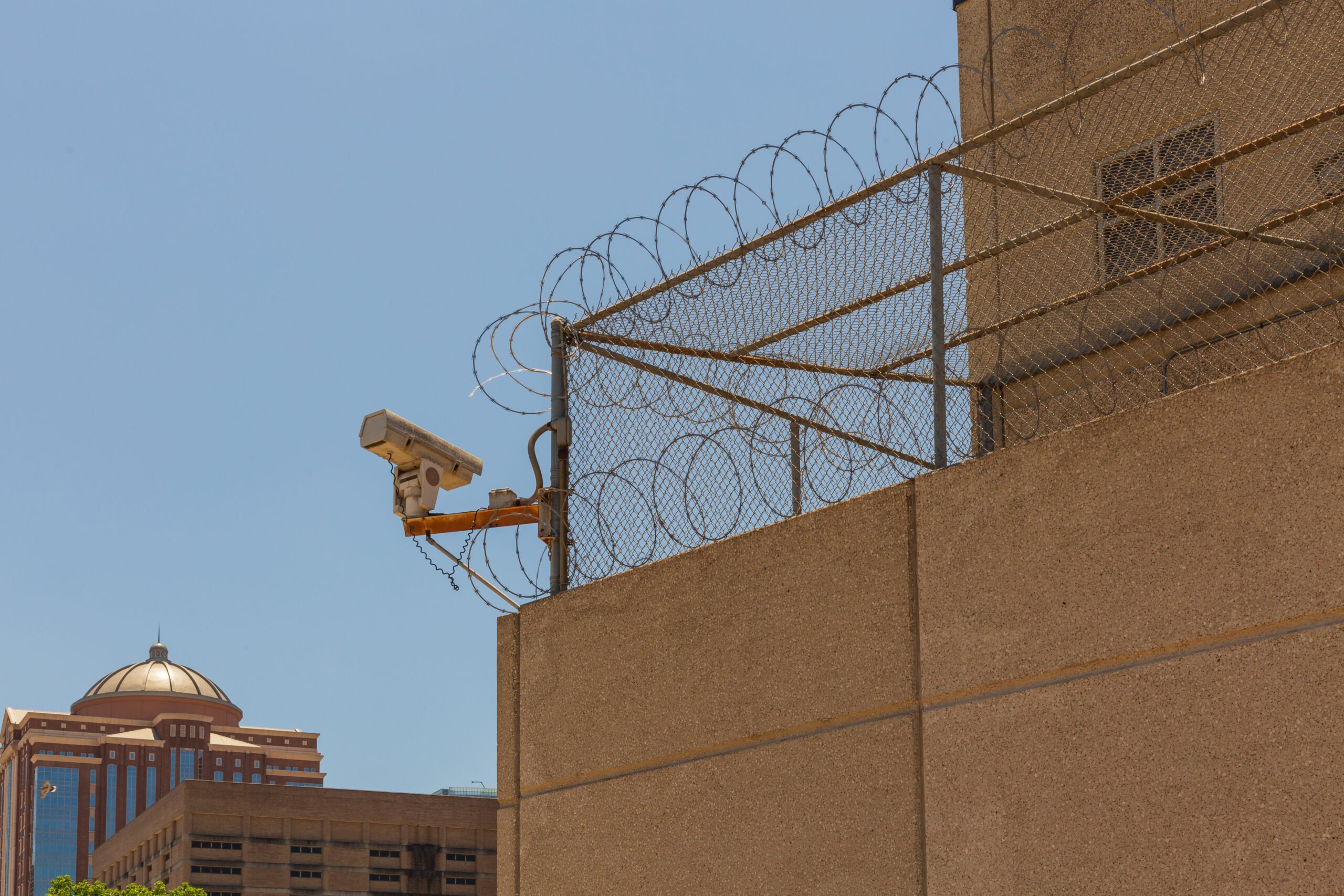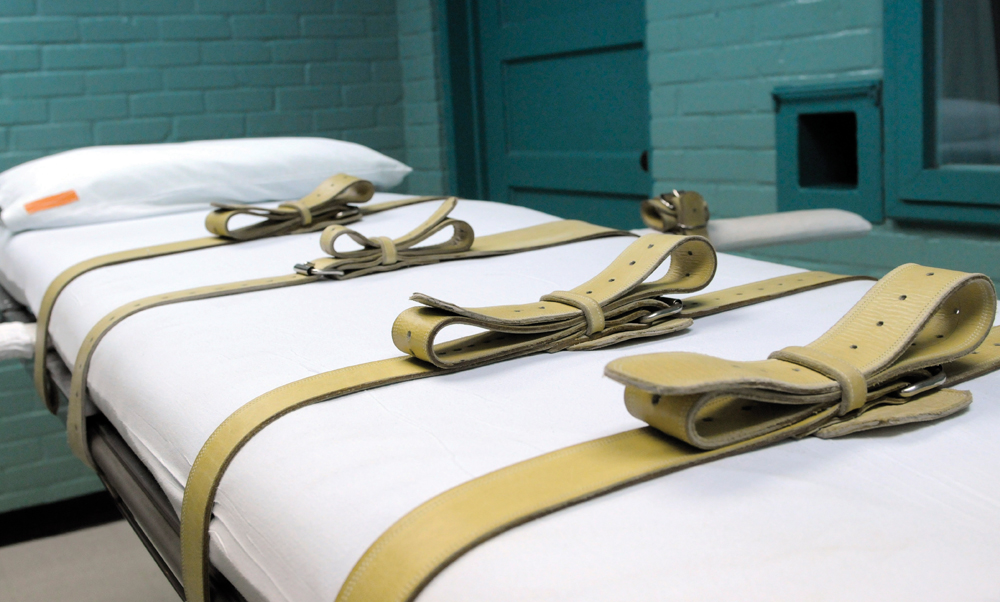
In Harris County, New Efforts to Treat Mental Illness In and Out of Jail
The elevator of the Harris County Jail has no buttons. As I step onto it with Dr. Michael Seale, executive director of health services at the jail, he continues to speak with intense focus but raises one hand in a peace sign. The two other men with us also give the peace sign. When I frown in confusion, Seale points at a surveillance camera in the elevator’s upper corner. “I’m telling them the floor we want,” he says.
Oh.
The second floor of this, Texas’ largest jail, also serves as the state’s largest mental health facility. A quarter of its 9,000 prisoners take some kind of psychotropic medication and are assigned to graduated levels of care, like at a hospital. Guards in the intermediate and acute care areas wear more casual uniforms to denote a therapeutic setting and get special training to recognize and deal with psychiatric symptoms. But while Dr. Seale and his staff are national leaders in handling the complex challenge of mental illness among prisoners, their work struggles to address the crux of the problem: Many people wouldn’t become inmates if they weren’t suffering from untreated mental illness.
Yesterday, the Wall Street Journal noted this problem with a brisk article titled, “The New Asylums: Jails Swell With Mentally Ill,” (behind paywall). The piece has some quick-and-dirty historical context and a 23-state comparison of corrections populations and spending related to mental health.
The Journal writes, “Two centuries ago, reformers were disturbed to find large numbers of the mentally ill in jails, paving the way for the development of state-run institutions.” But institutions bred abuse and neglect, so when advances in medication made it possible, social policy moved toward community-based care.
The problem is, community-based care requires facilities and public funding and those things can look like handouts. Most places didn’t fund their community-based programs well enough to meet the needs of people who once would have been institutionalized, so those people have psychiatric crises, are picked up for largely nonviolent crimes and (if they’re lucky) get treated in jail. Once stabilized and released, they still don’t have access to medication, so they relapse and end up in jail again.
Everything old is new again.
Texas ranks next-to-last in the nation in mental health funding, trailed only by Idaho. Fully 29 percent of Idaho’s inmates have a mental health problem according to the Journal’s survey of state corrections departments. Only 17 percent of Texas inmates have an identified mental health issue, which sounds pretty good until you consider that Idaho has about 7,400 inmates, total. Texas has almost 151,000.
But that number isn’t as high as it used to be. One of the contributors to Texas’ slowly dropping incarceration rates is a growth in diversion programs that address problems like addiction and mental illness.
Harris County, for example, recently doubled its number of crisis intervention response teams, which include trained deputies and mental health clinicians who answer 9-1-1 calls where mental illness may be a factor. The Harris County Sheriff’s Office reports that the teams handled more than 3,000 calls for service in the last two years.
“Helping Harris County residents with acute mental illness to heal would be reason enough to operate this pioneering program,” said Harris County Sheriff Adrian Garcia in a statement today announcing the new teams. “But CIRT also makes our community safer and saves taxpayers money by stopping the revolving door” of “jail without long-term treatment.”
Getting people who call 9-1-1 into treatment facilities instead of the second floor of the Harris County Jail is undoubtedly progress. But the question remains: When will Texas fund its community-based health care programs so that fewer of those emergency calls emerge?


